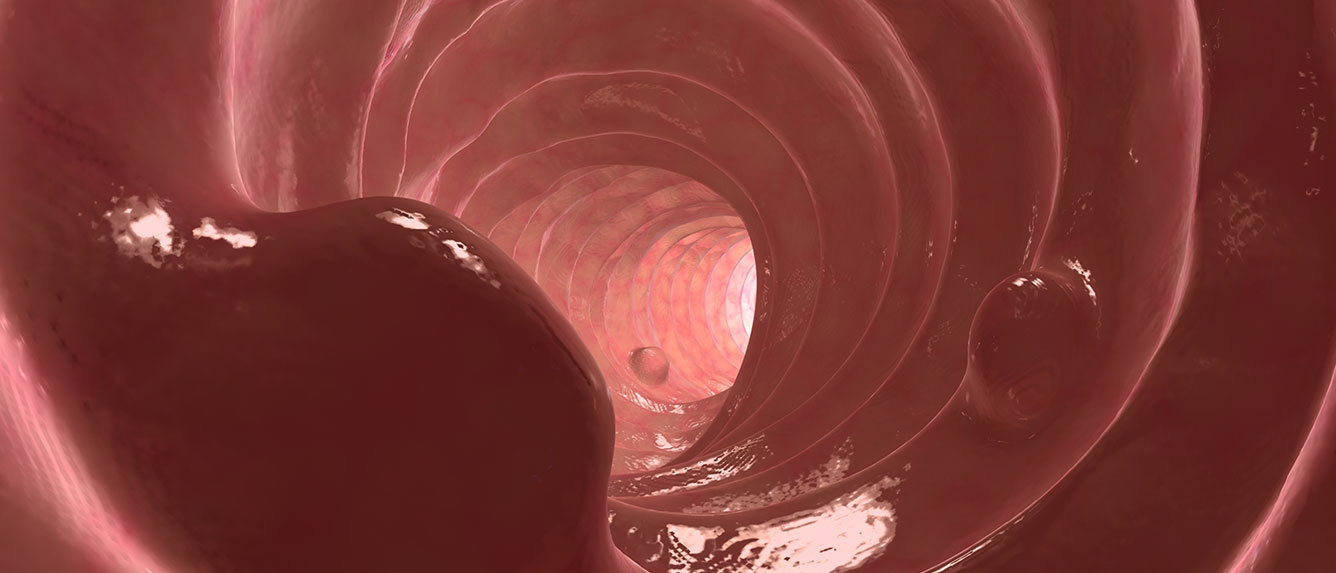What are Polyps?
Polyps are abnormal growths arising from the internal lining of the large intestine (colon and rectum). Some polyps are flat; others have a stalk. Polyps are one of the most common conditions affecting the colon and rectum, occurring in 15-20 percent of the adult population. Although most polyps are benign, certain polyps may eventually turn cancerous.
What are the symptoms of Polyps?
Most polyps have no symptoms at all and are found incidentally during an examination of the colon. This may be by colonoscopy, barium enema or CT colonoscopy. Some polyps in the rectum can be found during a rectal examination when the doctor inserts a finger through the anus and feels the polyp. Some polyps can cause bleeding, mucous discharge, change in bowel habits, or rarely, abdominal pain. (photos of polyps)
How are polyps diagnosed?
Polyps are diagnosed either by colonoscopy, barium enema or CT colonoscopy.
Do polyps need to be treated?
As there is no way to predict if a polyp will become cancerous, all polyps should be removed. Most polyps can be removed during colonoscopy, either by catching and cutting them with a wire loop or destroying them by burning with an electrical current. Infrequently, a large polyp cannot be removed and surgery is then required. (video links for polyp removal)
What are the types of polyps?
The two most commonest types of polyps are hyperplastic polyps and adenomatous polyps.
Adenomatous polyps are the type that can progress into cancer. It is usually reported as low, moderate or severe dysplasia. After severe dysplasia, it can progress into cancer. Adenomatous polyps are also subdivided into tubular adenoma, villous adenoma and tubulovillous adenoma. The villous type has a higher risk of cancer. Likewise, the larger the size, the higher the risk of cancer. Some reports show that up to 50% of polyps above the size of 2cm contain cancer.
The other subtype is hyperplastic polyp. This was previously believed to be innocuous and will never progress to cancer. However, there are recent reports showing that a large number of hyperplastic polyps together with the presence of a large hyperplastic polyp, there is an increased risk of cancer.
Can polyps recur?
A polyp does not recur after it is completely removed. However, new polyps will develop in up to 30 percent of people who previously have polyps. Patients with polyps need repeat colonoscopy to find and treat any new polyps. In some cases of large flat polyps, the endoscopist may take a more conservative approach and leave behind a bit of polyp tissue rather than removing it overzealously and end up cutting or burning a hole in the colon. Under these circumstances, it is safer to leave a bit of the polyp tissues at the edges and complete the removal at a later date.
What happens after I have a polyp removed?
Your doctor would advise you of the type of polyp that was removed. Based on the nature of the polyp removed, your doctor will advise you on the subsequent follow up. Most follow up would be by colonoscopy at a subsequent date and stool occult blood in between the colonoscopy.


